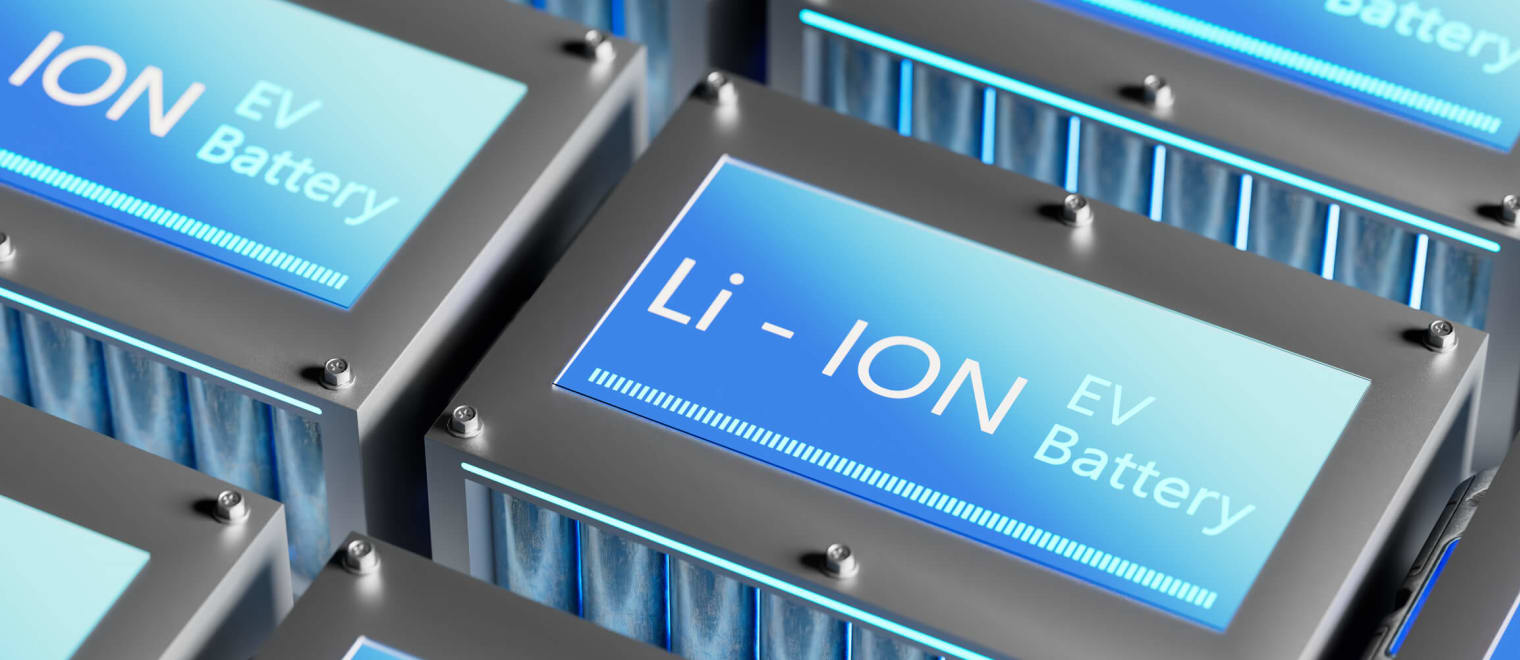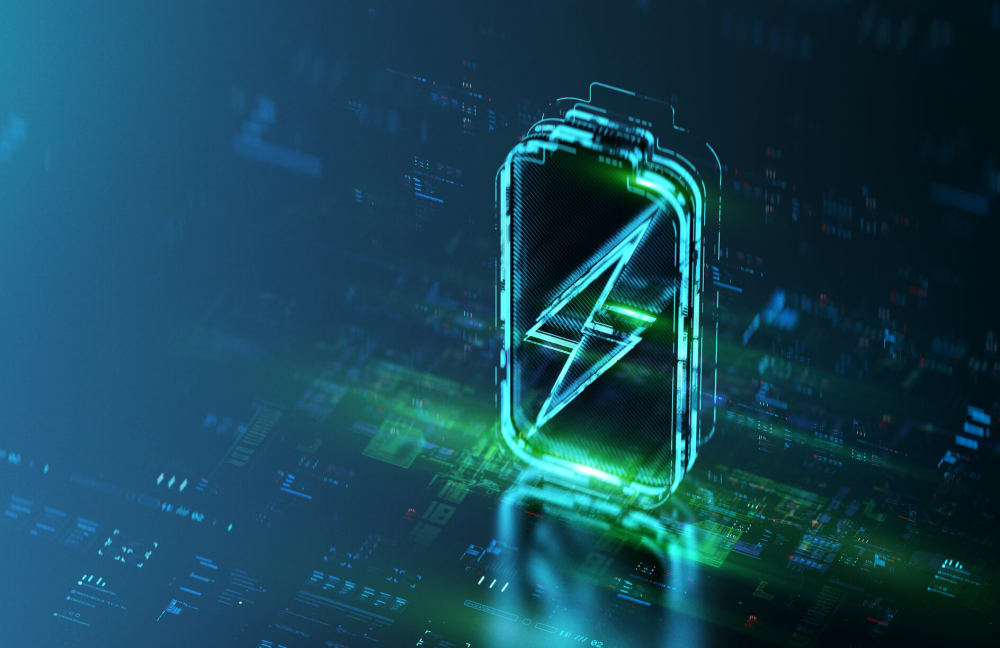This informal CPD article ‘How are Li-ion Batteries charged?’ was provided by Dr. Frank Richter CEO of Greenectra, renowned battery experts, who can help you with training, recruiting, and consulting to fully optimize your battery innovation capabilities.
Understanding the Charging Process of Lithium-Ion Batteries
Lithium-ion (Li-ion) batteries have become the key element of many portable electronics, electric vehicles, and energy storage systems. When talking about renewable energy, Li-ion batteries can, for example store the energy from photovoltaic systems. Their efficiency, energy density, and long lifespan (if correctly configured) make them ideal as a power source and ideal for energy storage in many applications. However, understanding how these batteries are charged is crucial for maximizing their performance, longevity, and ensuring safety.
Basics of Lithium-Ion Batteries
Components of Li-ion Batteries
- Anode: Typically made of some carbon, such as graphite. The anode accepts the lithium ions during charge.
- Cathode: Typically made from a lithium metal oxide. The cathode releases lithium ions during charge.
During charge, the way how we use the terms anode and cathode is not in line with common electrochemical definitions. It is a slang that has manifested over the years.
- Electrolyte: A lithium salt in a solvent facilitating the movement of Li-ions between the anode and cathode.
- Separator: A porous membrane (often multiple layers) in between anode and cathode that prevents an internal short.
How Li-ion Batteries Work
Li-ion batteries operate through charge and discharge cycles. During discharge, Li-ions move inside the battery from the anode to the cathode through the electrolyte. Outside the battery, we can use an electric current, which is electrons moving from anode to cathode. During charging, this process is reversed, with Li-ions and electrons moving back to the anode.
Charging Phases of Lithium-Ion Batteries
Li-ion batteries are typically charged in 2 phases.
Constant Current (CC) Phase: The charging process begins with the constant current phase. During this phase, the charger supplies a constant current to the battery, gradually increasing its voltage. This phase continues until the battery reaches its upper voltage limit, which is for example around 4.2 V for NMC cells.
Constant Voltage (CV) Phase: Once the battery reaches its upper voltage limit, it is not fully charged yet, unless the CC phase was carried out at a super low current rate. In the CV phase the voltage is held constant at the upper voltage limit, while the current gradually decreases. The CV phase ends when the decreasing current reaches a certain predefined value.
An optional 3rd charging phase: Li-ions are subject to a low self-discharge. In some cases, there can be a 3rd charging phase in which a very small charging current counteracts the self-discharge, keeping the battery at 100% state of charge. However, keeping the battery at the upper voltage limit does increase the aging (capacity loss and power loss) of the battery.
Key Parameters in Charging
Voltage and Current Limits
Maintaining proper voltage and current limits is critical. Exceeding the voltage limit can lead right into thermal runaway and result in overheating, toxic gass production, fire, or even explosion. Current limits somehow balance charging speed and battery health, as higher currents can degrade the battery faster. Even with the best thermal management system, charging cannot be carried out at any given charging rate. Increasing the charging rate, especially at low temperatures can lead to lithium plating, which can create an internal short circuit and also lead right into thermal runaway.
State of Charge (SoC)
The state of charge indicates the battery's current charge level, typically expressed as a percentage from 0% (fully discharged) to 100% (fully charged).
Temperature Management
Temperature plays a significant role in charging efficiency and charging safety. Chargers and the devices containing the battery often include temperature sensors to monitor the battery's temperature. Especially at low temperatures, there is the risk of lithium plating, which was briefly described before. When we think about thermal management, we often think only about getting rid of the heat during operation. But thermal management can also mean increasing the battery’s temperature to allow for a higher charging rate.














